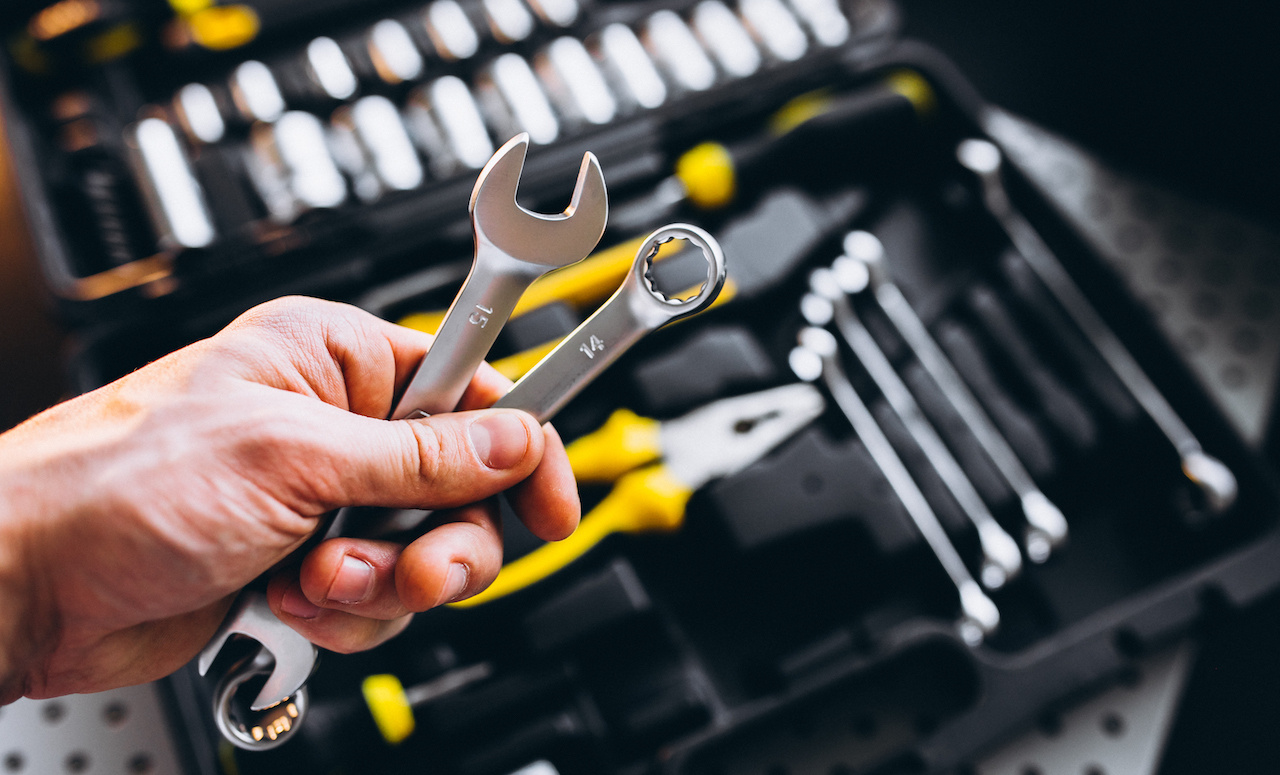
Nobody likes dead stock or new products that don’t sell. That’s why many distributors and retailers apply the proven tactic of product bundling to ship cheaper, save space, and boost sales. Read on to know-how.
What is product bundling?
Product bundling is a selling strategy in inventory management where related items are bundled together to be sold to the customers. Multiple related items are bundled together to form a kit like a skincare kit or grooming kit. Product bundling is often used in B2C markets and sometimes in B2B.
Note that kit here does not mean kitting (procurement strategy in manufacturing).
Why use product bundling?
Product bundling is a common strategy for selling old products that are not being sold, introducing new products in the market, or simply for creating promotional schemes and offer discounts to create loyal customers.
4 types of product bundling
Product bundling itself is straightforward, you group a bunch of items together to form bundles and ship them to your customers. But there are also different types of product bundling with different purposes, let’s see what they are.
1. Subscriptions
Customers subscribe to monthly purchase of your products which they’ll receive in boxes. This is a common way to generate more long term revenue in B2C businesses that run cosmetics, coffee, or grooming box subscription services. Subscriptions are beneficial for both parties since the supplier gets steady revenue and the customer saves time on reordering. Suppliers also tend to provide some discounts to subscribers.
2. Assembly sets
When shipping items that regularly would take a lot of physical space, they’re disassembled and the parts are sent as a bundle. The package may include tools like an Allen key or wrench to assemble the product. Examples include office chairs, table fans, bicycles, etc. IKEA is a popular company that bundles furniture which customers assemble after receiving. It’s also a good example of how both the supplier and customer benefit from lower costs since assembled furniture seen in stores costs more than IKEA.
3. Packaged sets
In this form of product bundling, different product quantities and varieties are chosen to form pre-packaged bundles. Examples include tool boxes, gift sets, medical test kits, etc. Such sets aren’t meant to be assembled but to be used together to perform different actions. For example, a plumbing kit with all the wrenches, tapes, and tools.
4. Custom products sets
Some companies allow customers to mix, match, and create their own custom combinations to be packaged. From a supplier’s perspective, such items cannot be pre-packed, however, they still save on packing and shipping costs. Examples include custom made clothing with specific measurements and accessories.
5 benefits of product bundling
From saving on packaging to saving money and increasing revenue, product bundling has many benefits.
1. Faster shipping
Since products are shipped together as bundles, the chance for human errors is reduced greatly in terms of which items are procured and shipped. The time required to fulfil orders is also much lesser considering that only one package leaves the warehouse and reaches the destination.
2. Cheaper packaging
Packing different items with different weights would require different packing materials, packing slips, boxes, etc. Now imagine putting everything together in one box with lesser packing material and one packing slip. This saves money that would have been spent on all the extra materials.
3. Saves warehouse space
Bundling items together also saves on warehouse space since storing items individually may not make the best use of all the space available. Storing predefined product bundles in tailor-fit boxes use lesser space.
4. Avoid dead stock
Stock that has been sitting in bins for months is deadstock that isn’t selling. By bundling and selling items that don’t sell, you get those items out of your warehouse and your ledger. Thereby, avoiding wastage and dead stock.
5. Increases revenue
When workers are more productive, less packaging is used, more items are shipped in one shipment, or long term subscriptions are made, it’s only natural that all of this results in saved costs and increased revenue.
Product bundling examples
Now we’ll look at some product bundling examples and their pricing. As we already know, bundles are priced lower than the total of individual products to make the package attractive. But some companies also trick consumers into buying products they wouldn’t if it weren’t for the product bundle.
Let’s see some bundling examples.
Tiege Hanley skincare is a good example of product bundling and subscription. As you can see, the more you buy, you get seemingly better discounts. Moreover, you get better discounts if you opt for a subscription service.
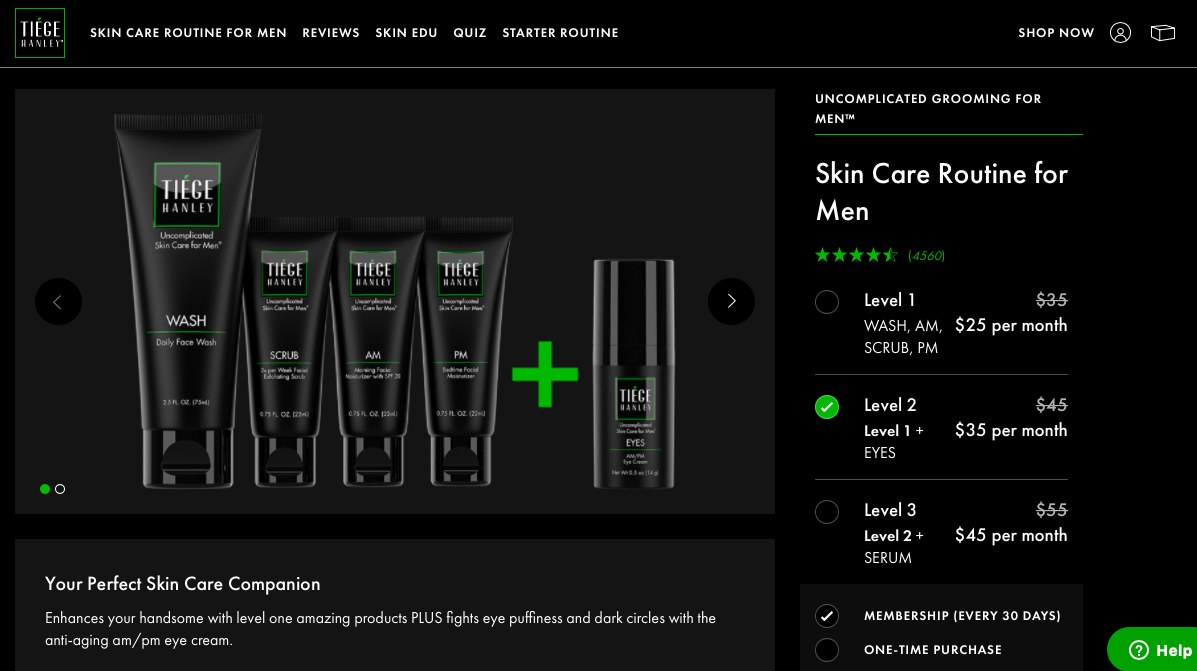
Let’s look at another example from AthleanX, they’re selling workout supplements in bundles for a discounted price. As you can see, the individual price would’ve added up to $224 but by bundling, customers get it for a $45 discount.

For a more popular example, here are McDonald’s meals. Yes, they’re product bundles too in a sense, effectively making consumers buy items they wouldn’t otherwise.
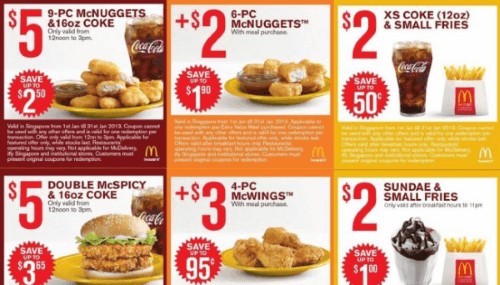
B2C companies may create bundles by mixing and matching various items in their stores to create attractive bundles with discounts or to move slow stock. Needless to say, customers buy the bundles much more than individual items, this is why product bundling is an effective pricing strategy.
Product bundling with ERPNext
All of that sounded good in theory. Ok now let’s see how to implement it with the help of software. We’ll see how to create product bundles, use them in transactions, and also create subscriptions.
Product bundle
With the Product Bundle feature in ERPNext, you can create and manage product kits. Simply go to the product bundle list, click on new, select a parent item, and add the sub-items to be bundled. Now you can use this product bundle in transactions as we’ll see in a moment.
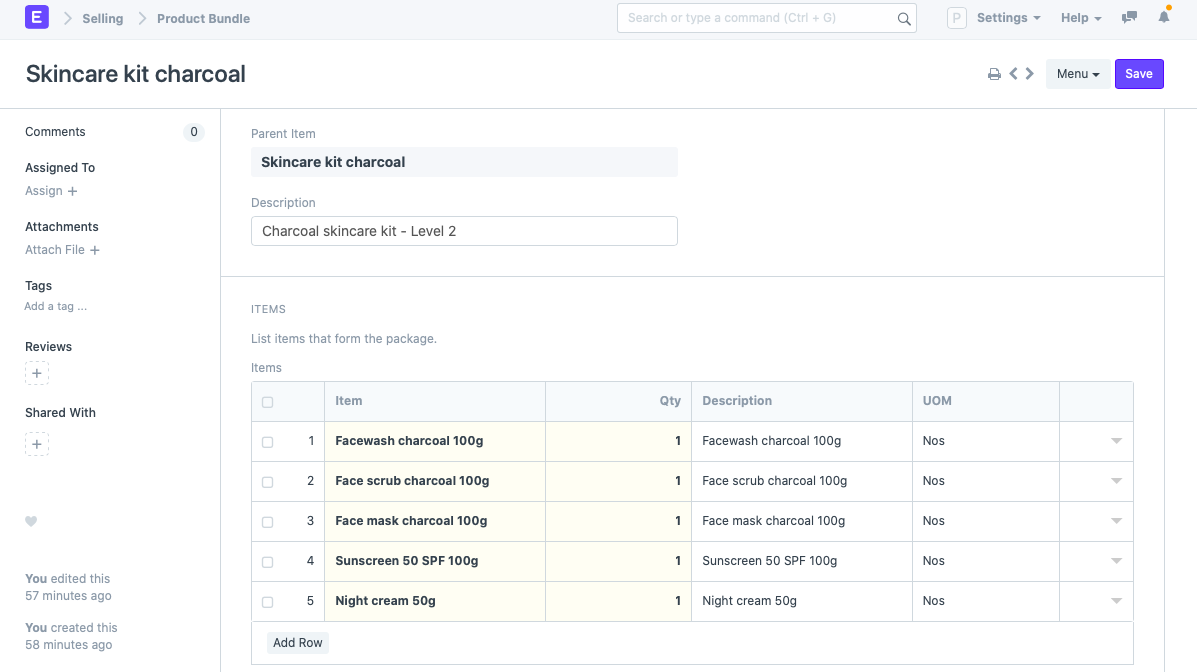
Using product bundles in transactions
On successfully creating kits (product bundles), they can be chosen in sales orders. The items that form the kit are shown in the packing list like this:
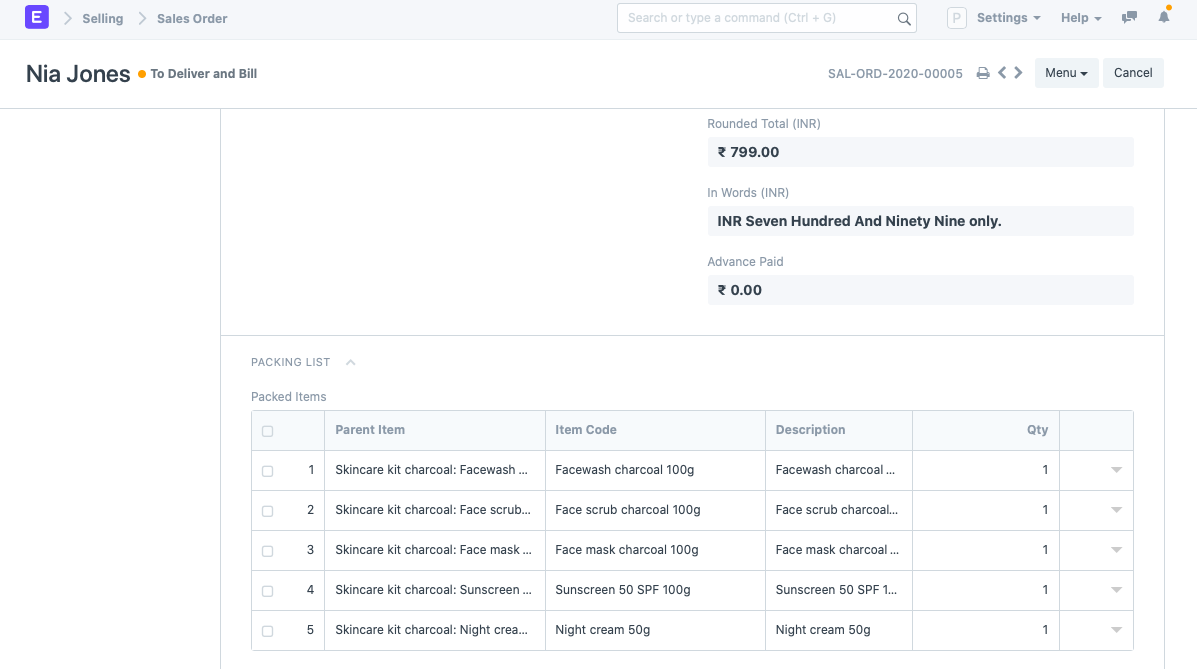
Discounts in kits
A major motive to create kits is that you can bundle less popular products or collectively discount items to boost sales. This can be achieved by following a few simple steps.
For giving free items, when creating a Product Bundle, you simply need to add the extra items you want to give as free and exclude the costs of the free item in the selling price of the Product Bundle item.
Alternatively, you can also use the Pricing Rule feature to apply specific discounts based on fixed amounts, percentages, item discounts, and more. Setting up Pricing Rules is a bit of work in the beginning but you can control the discounts a lot more with it.
Subscriptions
Consider that your customer really liked the skin care kit you’re selling and wants to buy it frequently. Now, you should create a subscription service for it.
Before creating a Subscription, you need to have a Subscription Plan set up like this:
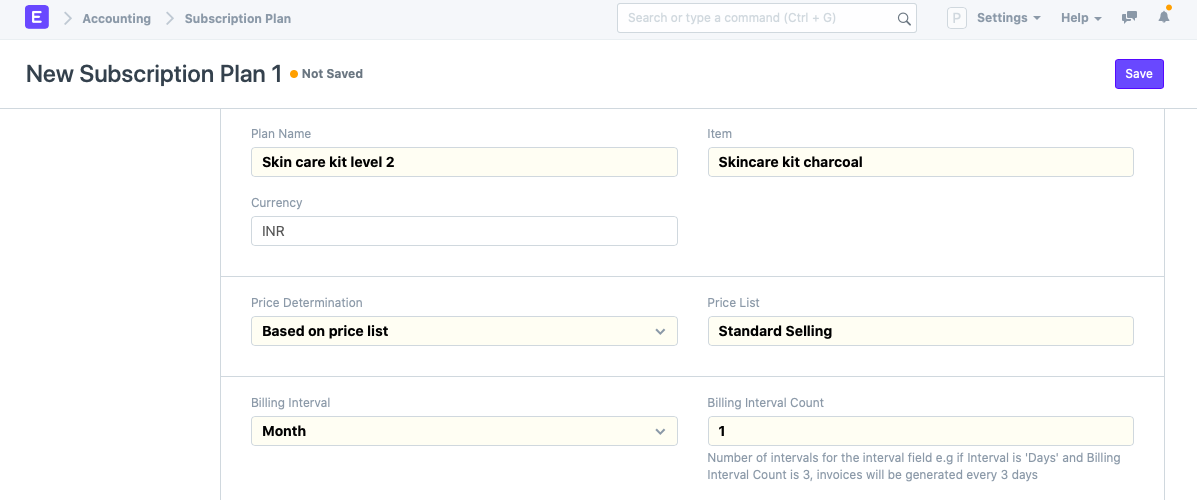
Now, proceed to create a Subscription.
- Go to the subscription list and create a new one.
- Select the subscription start date and enter the number of days until which invoice is due
- Select the quantity and the Subscription Plan
Since Nia (the customer) has decided to get a monthly subscription, you can reward her loyalty by giving a small discount as a token of appreciation:

After successfully setting up a Subscription and enabling the option to generate invoices, the system will automatically generate a Sales Invoice with all the relevant details like customer name, the created kit, discounts, etc.
Conclusion
Bundling products may be time-consuming in the beginning but given the benefits and increased revenue contribution, it’s a proven retail practice that gets larger sales value from customers.
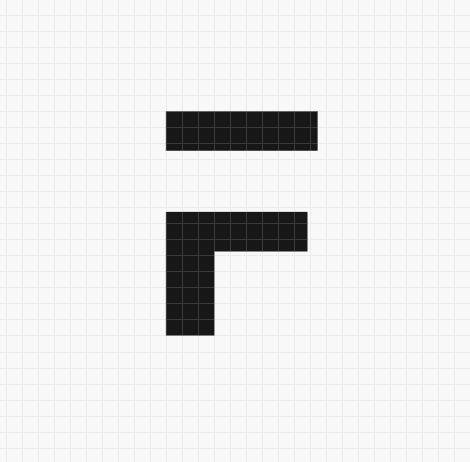



·
How would I generate a pick list against a sales order that contains a bundled product? Product Bundle Items cannot be "Stock" items. Yet the pick list doesn't pull from the actual items.
·
Thank you, Prasad. "Product Bundle" is an efficient way to decrease stock levels and getting more sales.